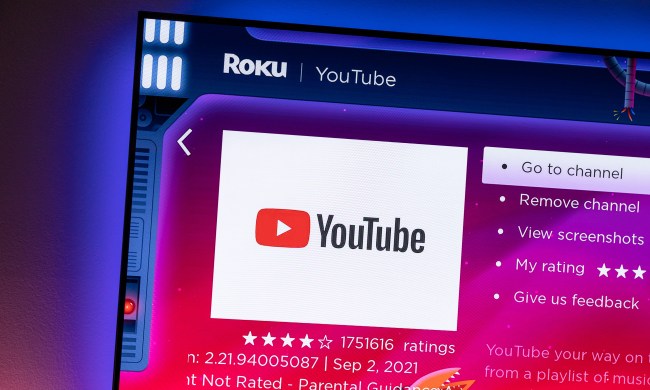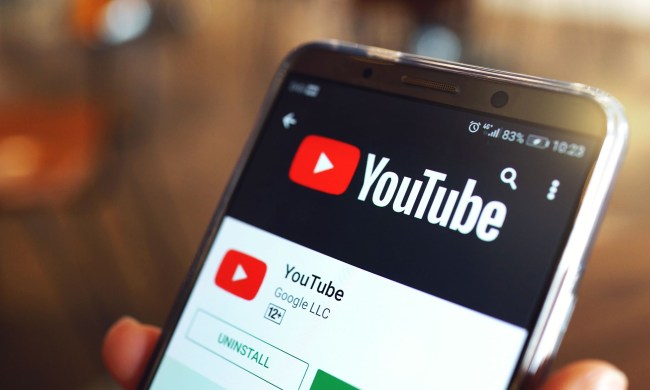Google and YouTube have announced how they plan to jointly support the new option of completing the 2020 U.S. census online.
The April 1, 2020, census will be the first time people will have the option of completing it online. Google and YouTube are trying to combat deceptive practices and the spread of misinformation about the census through new efforts and policies announced on Wednesday.

These efforts include expanding YouTube’s deceptive practice policies to cover the census process. Videos or comments on the platform that are aimed at misinforming viewers about any aspect of the census are not allowed. The U.S. Census Bureau is now a part of the YouTube Trusted Flagger program which encourages people to report any content that violates the new policy.
Google touched on other efforts, including stricter ad policies for advertising that contains information about how to participate in the census. The search giant will also work to ensure that only legitimate emails from the Census Bureau are delivered through Gmail. Finally, it will engage with partner organizations and provide people with better transparency regarding census-related apps.
“To support the new online option, we’re working to connect people with useful and high-quality information about the census,” wrote Kristie Canegallo, vice president of trust and safety at Google, in the blog post. “We’ll provide regular updates on our efforts to the Census Bureau and other relevant organizations.”
These extensive efforts are the latest Google has implemented to support the census. In March, Google created the 2020 U.S. Census Task Force. The priority of the task force is to “prevent bad actors from abusing our services to spread misinformation, or to conduct fraudulent activity around the census, such as phishing or other scams.”
The U.S. Census Bureau first announced the option of filling out the 2020 census online in 2013. Collecting responses over the web could allow the Census Bureau to cut back on the staffing of temporary employees used during the collection process and send out reminder emails before the survey deadline.
The census occurs every 10 years and helps determine how many seats Congress gets, as well as how much funding schools, hospitals, and roads should receive based on the census data.



